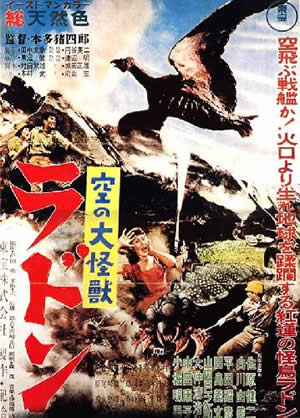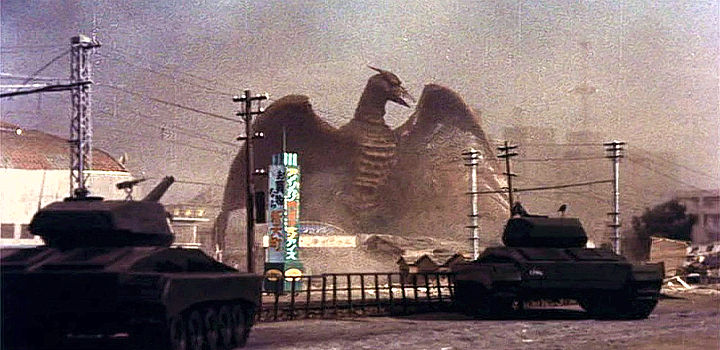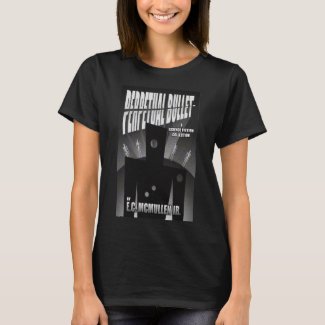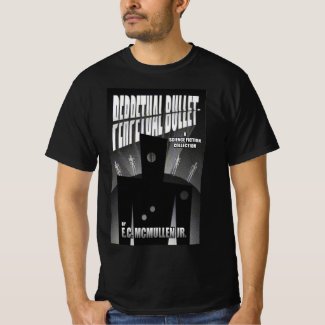 |
 |
SCIENCE MOMENT by E.C. McMullen Jr. |
||

USA Release: AUG! 6, 1957 Toho Rated: NR |
||||
!!!SCIENCE MOMENT!!!:
EUREKA!
The science moment isn't about proving that the fantastic in a Science Fiction movie is real, only that the creators took steps to make it plausible.
The monoliths in 2001: A SPACE ODYSSEY aren't real, they didn't contribute to humanity's evolution, and writer and real life scientist, Arthur C. Clarke, never believed otherwise. He posited the fantastic in as plausible a method as possible.
If this fantastic, unpredicted thing happened, how would we rationally go about solving its mystery? Clarke refused to delve into supernatural and magic as the cause.
In the early days of GOJIRA when Toho Pictures treated their sudden success story as adult cinema, director Ishiro Honda did his best to make the fantastic believable to an adult audience. When the rush job of GODZILLA RAIDS AGAIN came out the following year, audiences flocked but the question on radio stations and in newspapers was, "How can Gojira possibly be back? We all saw his skeleton in the first movie! That was one killed kaiju!"
As a story, GOJIRA presented itself practically as a newsreel, so audiences didn't want a fantasy answer, they expected a real world answer.
Keep in mind that audiences weren't necessarily looking for an exhaustive scientific answer, just one that seemed real within the movie logic laid out by GOJIRA.
If you show a magic supernatural creature melting, exploding, turning to dust or otherwise absolutely dying And Then You Bring It Back, you need to tell your audience how that works ("Was cursed by a witch!" "Made a deal with the Devil!" Ah, gotcha!). Even the sequels of pure supernatural movies from DRACULA to FRIDAY THE 13th must obey this form of narrative.
That's why, in RODAN, everything from an unexpected awakening volcano to wildly unexpected giant insects to an astounding larger predator that feeds on them is delivered step by step: each one an initially unpredicted outgrowth of the other. This doesn't make RODAN scientifically accurate, but it does follow a scientific method where the evidentiary action of one thing leads to an unexpected but, once understood, realistic chain of events.
As the evidence builds a "picture" is gradually formed from it. Hypothesis are tested and those that survive testing (hypothesis are little more than educated guesses) become scientific theories (most accurately explain and predict the observed phenomena).
The fact that the Japanese scientists, having so little to go on at first, own up and admit they have no idea what is going on is also a scientific method. If you don't have enough testable evidence to at least support an educated guess, "I don't know" is the only honest answer you can possibly give.
Anything else is a lie.

Tanks were invented to wreck houses, small buildings, other tanks, and soft people.
Toho and Honda presented RODAN as an spinoff within the same universe as GOJIRA. The assembled scientists explain, as they did with GOJIRA, this newly discovered titan is a Rodan creature. The varmint we saw die at the bottom of Tokyo Bay wasn't personally named Gojira (as the Hollywood sap's bastardized U.S. version explained it). It was a species OF Gojira.
The fact that the Meganulon and Rodan are bullet proof also makes a kind of sense, as our weapons are only as powerful as the reason we make them. Pistols are only meant to be strong enough to kill relatively soft people at relatively close range.
Many types of 22 caliber bullets, fired from many types of 22 caliber hand guns, can penetrate soft tissue, yet not adult leg and arm bones (Sometimes not even living human skulls). Jet fighter guns are only strong enough to penetrate the light skins of other jet aircraft. Certain heavy duty, non-supersonic jets are equipped to penetrate tank armor, but again, they are specifically built to satisfy that need. All of our weapons are designed to defeat known enemies with known weaknesses, not unknown ones.
So as you'd expect, Rodan tears the world a new one and insurance companies go broke.
What is THE SCIENCE MOMENT?
This Science Moment Copyright 2021 E.C.McMullen Jr.

|
| GET COVERED | |
| FEO AMANTE'S HORROR THRILLER Created by: E.C.MULLEN JR. |
| COME FOLLOW ME @ Amazon |
| ECMJr |
| Feo Blog |
| IMDb |
| Stage32 |
| YouTube |
| Zazzle Shop |

